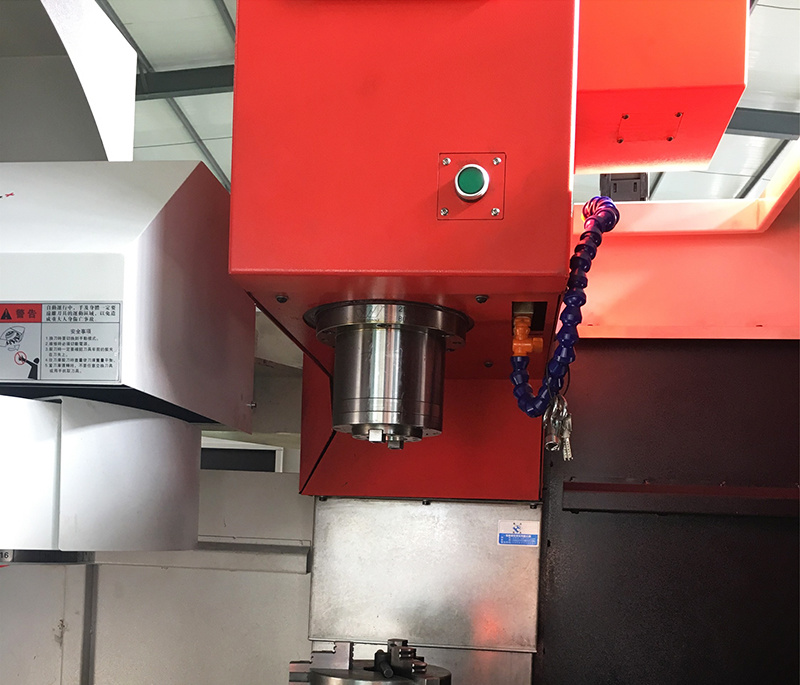Understanding the Key Differences Between Lathes and Milling Machines in Modern Manufacturing
Release time:
Apr 24,2025
In the ever-evolving landscape of modern manufacturing, the precision and efficiency of machining tools play a crucial role in producing high-quality components. Among these tools, the lathe and the milling machine are two of the most widely utilized machines in workshops and factories across the globe. But what exactly are they, and what distinguishes one from the other?
In the ever-evolving landscape of modern manufacturing, the precision and efficiency of machining tools play a crucial role in producing high-quality components. Among these tools, the lathe and the milling machine are two of the most widely utilized machines in workshops and factories across the globe. But what exactly are they, and what distinguishes one from the other?

A lathe, commonly referred to in the industry as a “Turning Center,” is a versatile machine primarily used for shaping materials like metal, wood, and plastic. The fundamental operation of a lathe involves rotating a workpiece against a cutting tool. This rotation enables the tool to remove material from the outer diameter of the workpiece, thus creating cylindrical shapes, threads, and various intricate profiles. Lathes are indispensable for tasks such as producing shafts, rods, and other cylindrical components that require precise dimensions and smooth finishes.
In contrast, a milling machine employs a different mechanism to achieve its objectives. Instead of rotating the workpiece, the milling machine features a rotating cutting tool that moves across the workpiece, removing material in a linear fashion. This allows for the creation of flat surfaces, slots, and complex geometries that are often impossible to achieve with a lathe alone. Milling machines are widely used for fabricating parts that require dimensional accuracy and are essential in producing components with intricate shapes and features.
While both machines serve vital roles in manufacturing, their fundamental differences lead to distinct applications. For instance, lathes excel in creating round parts and symmetrical shapes, making them the go-to choice for industries focused on components like pipes, gears, and various fittings. On the other hand, milling machines are favored for tasks that require detailed surface work, such as machining flat plates or producing complex three-dimensional shapes that demand a higher degree of precision.

The versatility of modern manufacturing has also seen the emergence of hybrid machines that combine the functions of both lathes and milling machines. These advanced Turning Centers can perform milling operations in addition to traditional turning processes, allowing manufacturers to streamline production and reduce setup times. By integrating both capabilities into a single machine, manufacturers can enhance productivity and efficiency while maintaining high levels of accuracy.
In terms of technological advancements, both lathes and milling machines have benefited from the integration of computer numerical control (CNC) systems. CNC lathes and milling machines offer improved precision, repeatability, and the ability to execute complex machining tasks with minimal human intervention. This advancement has revolutionized the manufacturing industry, allowing for the production of highly intricate components with greater speed and less waste.
As industries continue to embrace automation and advanced machining technologies, understanding the distinctions between lathes and milling machines becomes increasingly important. Each machine possesses unique strengths that cater to different manufacturing needs. Lathes remain indispensable for producing cylindrical components, while milling machines shine in creating detailed, flat, and complex parts.
In conclusion, as the manufacturing sector navigates the challenges of a rapidly changing technological landscape, the roles of lathes and milling machines will undoubtedly continue to evolve. By leveraging the capabilities of both machines, manufacturers can achieve optimal efficiency and quality, setting the stage for a new era of precision engineering.







